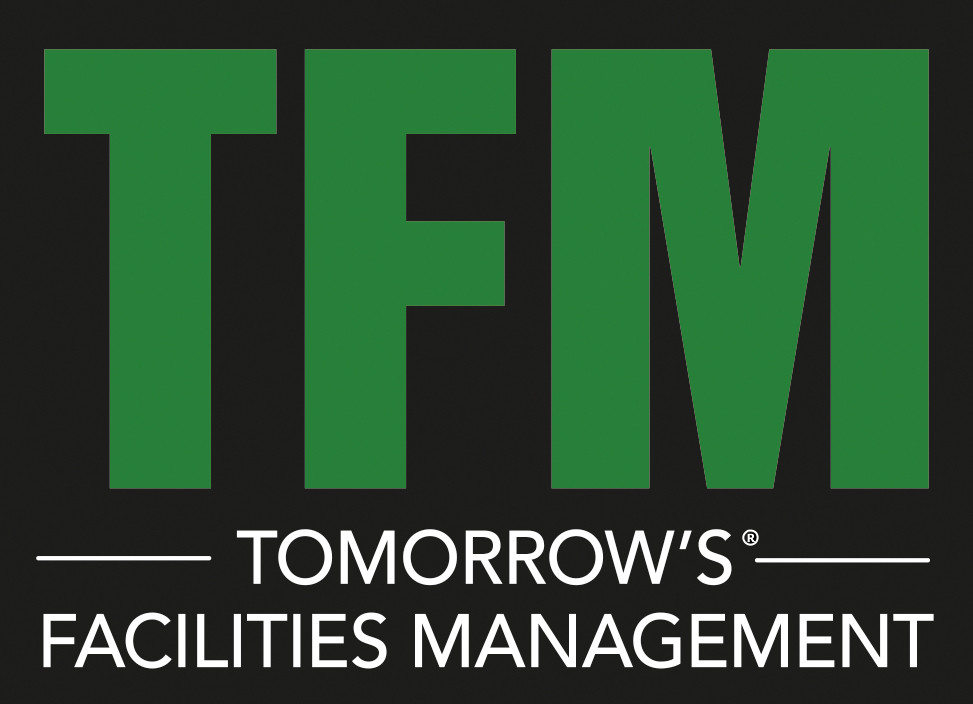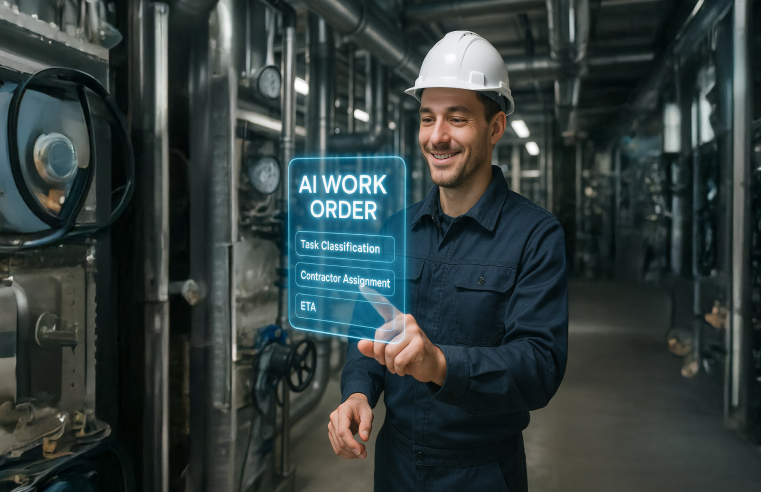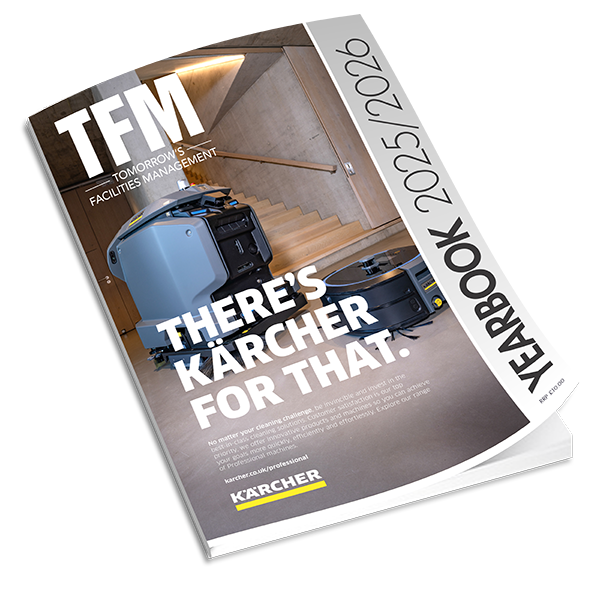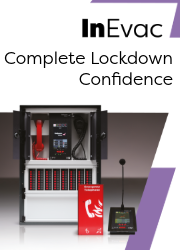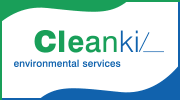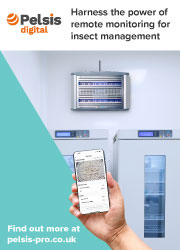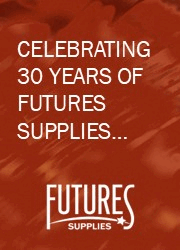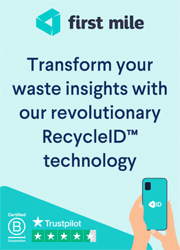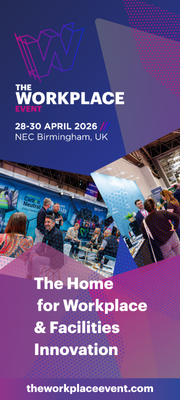Today, the aim of reducing a business’s carbon footprint is driven by corporate ESG policies and impending European legislation, as well as a personal desire to ‘go green’. Here, Adam Trethewy, Commercial Lead at Circular&Co, outlines five key principles of an effective returnable cup scheme – a solution that can assist FMs in their efforts to adopt initiatives for a greener future.
Understand the concept
The first, and perhaps most important, principle of adopting a returnable cup scheme is that FMs truly understand how it works. Put simply, a returnable cup scheme is a system that replaces single-use paper cups with returnable alternatives that can be washed and reused up to 1,000 times.
By eliminating the consumption of single-use paper cups, a business can play its own part in cutting the 2.5 billion that are typically sent to landfill and can take decades to break down. Once a scheme is in place, staff can simply return their cup to a specified collection point to be cleaned for future use, fulfilling a circular economy of available cups within the office where they work.
Reduce your carbon footprint
Reducing carbon emissions is a fundamental benefit of a returnable cup scheme, so it’s important for FMs are aware of just how big an impact the introduction of a scheme can make. In today’s market, it’s now possible to purchase a returnable cup with a carbon footprint equivalent to just under three single-use paper cups. As a result, every hot drink served after the first three uses becomes carbon negative.
Engage your audience
The cornerstone to any successful Returnable Cup System is the communication of how it works to staff. Get this right, and you are more than halfway there to the holy grail of high return and low loss rates. Take care to clearly explain the structure of the system through good point of sale, well-trained staff and other possible messaging channels such as internal newsletters, and posters. Inform your customers that change is coming so they are ready for it when you kick off. The ‘how it works’ explanation can then be backed up with the carbon savings and impact reasoning, to drive motivation.
If the prospect of drinking a carbon negative coffee isn’t engaging enough, then the ability to ‘gamify’ or incentivise returns or CO2 savings among individuals or teams certainly should. This can be integrated within a business’s existing technology to bolster both engagement and performance.
Optimise existing ‘binfrastructure’
It’s crucial to note that businesses should opt for the returnable cup format that will integrate most seamlessly with their existing office layout and waste management regime. By integrating a returnable cup scheme within the business’s existing ‘binfrastructure’, FMs can avoid fundamental changes to their existing recycling structure, while achieving better results.
A similar thought process applies to a facility’s capacity to store the required number of returnable cups. Working closely with a specialist provider will aid forecasting and ensure the business only buys the minimum number of cups to be given out and stored in order to keep the scheme running seamlessly.
Be proactive
The anticipated ban of all single-use cups, which has already arrived in certain European countries, is catalysing the transition away from single-use products. It’s predicted that in the future, 95% of the population who are still purchasing single-use coffee cups will require a cost-effective and sustainable substitute.
By implementing a returnable cup scheme early, FMs can get ahead of a potential legislative requirement in their own time. This in turn will help their business to be among the forward-thinking leaders playing their part in a circular future.
To find out more about Circular&Co and its returnable cup concept, visit circularandco.com/returnable-cup-scheme.



